A new book unearths a buried history of photography in West Africa
The dominant perception of early photography from West Africa is that it was taken through a colonizing lens. Of Europeans in the mid-19th century spreading through the arteries of the region, new technology in hand, documenting people and places under the aegis of empire. Of a balance of power that favored the person behind the camera over the person in front of it, authoring a story for Europeans, by Europeans.
But what if that image were only partly true? What if that story was merely one of many – and one that conceals a more complex and empowered story that West Africa claimed for itself?
These are questions asked by a new book that seeks to re-examine the history of photography in the region. Giulia Paoletti, an assistant professor in the Department of Art at the University of Virginia, has built a timeline in “Portrait and Place: Photography in Senegal, 1840-1960,” unearthing unpublished gems, giving authorship to images long labelled anonymous, and dispelling many myths.
“The narrative that is told about the history of photography is that it is a Western invention, and then at some point it gets appropriated by Africans,” she told CNN in a video interview. Her book demonstrates that gap was short, and history has been obscured in a way that has disenfranchised many Africans.
“We have these histories,” she said, “and what I’m trying very hard to do is recuperate some of them.”
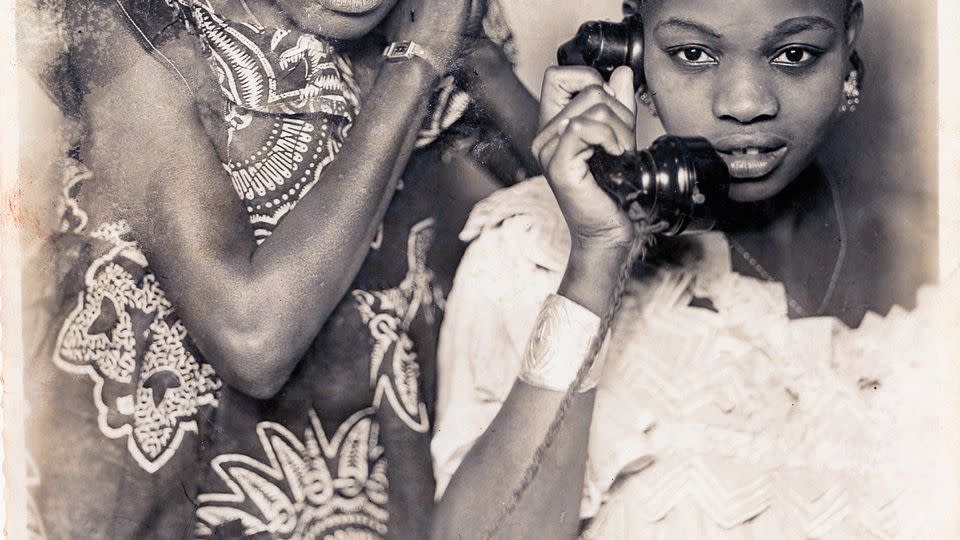
Beyond the colonial narrative
For more than a decade the academic conducted research trips to Senegal, interviewing hundreds of people, including the surviving relatives of the country’s canonical photographers, uncovering lost stories and context attached to their work. “I had a lot of enthusiasm and support, mostly based on (the) Senegalese being very proud of this history and heritage they want to share,” said Paoletti.
“I was always aware of my position as an outsider,” she added, and accordingly, “never had the ambition to ‘represent Senegal.’”
“My ambition is to amplify the voice of and offer more visibility to Senegalese authors, artists, and collections, and de-center Eurocentric perspectives, starting (with) mine.”
The book begins in 1842 with the earliest surviving photograph from West Africa, a daguerreotype taken by Frenchman Jules Itier of the port town of St. Louis. The image doesn’t show us much, other than a few colonial buildings, a square and a couple of ghostly figures straying into the frame. Itier described it as a “missed shot,” but it’s evidence of how quickly commercial photography, invented just three years prior, spread around the world.
It wasn’t long before Senegalese people were calling the shots. Unlike some other West African nations, Senegal has no recorded history of portraiture before photography, Paoletti said. But by the 1850s, a class of Senegalese women that existed from the 17th to 19th century called the signare – Black or mixed race, and often married to colonial officers – were commissioning portraits in St. Louis, the seat of power in French West Africa.
“The sitters in this case have a lot of agency,” said Paoletti. “It’s not a surprise that two of the earliest portraits … are of women. It was not unusual for (signare) women to have that status, and photography would be one of the means to express that.”
Outside of colonial circles, a different picture emerges. Paoletti tells the story of Belgian explorer Adolphe Burdo meeting a man he described as the “King of Dakar” in 1878.
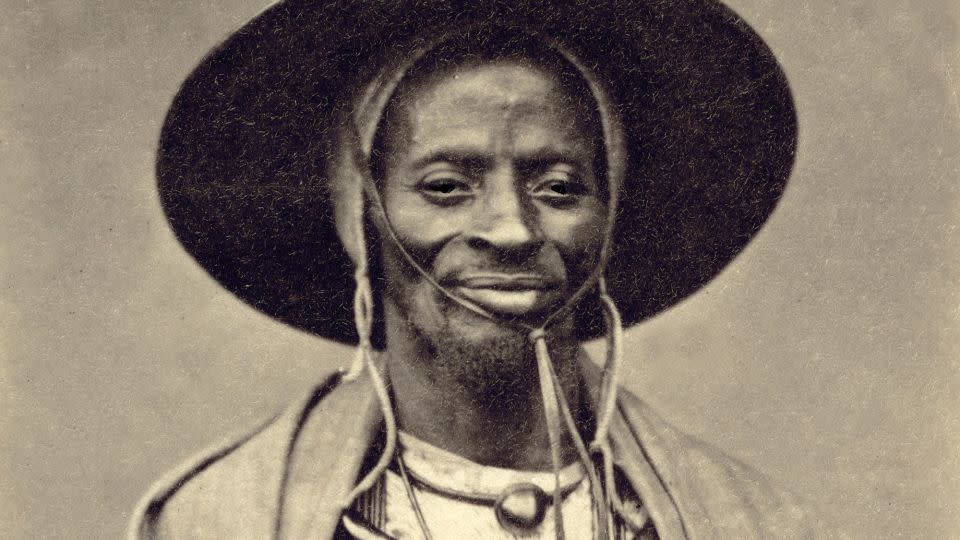
At the meeting, the king handed Burdo a keepsake called a “carte de visite,” featuring a photo portrait that the king that had commissioned of himself. Confronted by this modern African, the Belgian fled “too civilized” Dakar “to go in quest of more genuine savages,” Paoletti reports Burdo writing. The same carte de visite was turned into an illustration and distributed in Burdo’s published travelogue. In doing so, a European erased this African’s modernity.
“There is shock and there is resistance,” said Paoletti – an attitude that reverberates today, she argues, in the scarcity of early African photography in many museums, that favor art in older mediums instead. “You will rarely see early engagement with modernity,” said the author.
“Historically, Africa, African subjects and African objects, have tended to be constructed and maintained outside of time, in this timeless space,” she argued. “There is always this construction of the ‘Other’ that never co-exists in our time.”
Nevertheless, it is well documented that the first (albeit temporary) photography studio in Senegal was set up by a Black man, African American Augustus Washington, in 1860, and at the turn of the 20th century photography was relatively widespread in the country, writes Paoletti.
Finding comparisons around the world
From the 1930s, photography found a unique social function in Senegal via the “xoymet,” a Wolof word for a decorative collage associated with weddings. Photographs of friends and family would be collected and used to furnish a bride’s room ahead of the ceremony, Paoletti writes. People would visit, and this symbol of the bride’s social circle would prompt conversation, then after the wedding the collage would be taken down and the photographs returned.
“If you talk about photography in Senegal it will come up all the time,” the author said, “but there’s very little research on it.”
Academics don’t know why the practice died out in the 1960s, she added, and only around a dozen photographs of xoymet survive. Notable examples were taken by Macky Kane, including of his bride-to-be Fatou Thioune sitting in front of her xoymet.
“We see this format, of photographs within photographs, in very important photographs, such as ‘Sun Rays–Paula, Berlin,’” she explained – an image taken by pioneering American Alfred Stieglitz in the late 19th century.
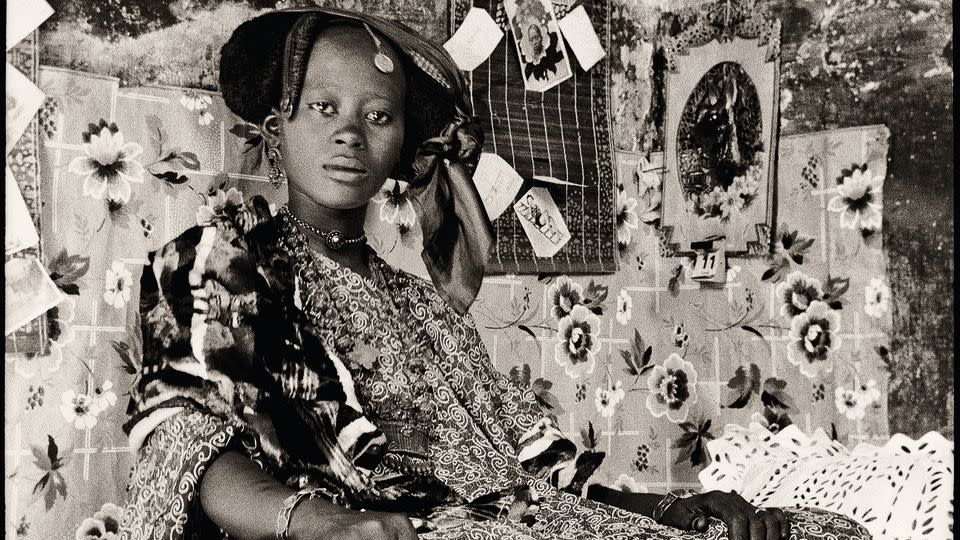
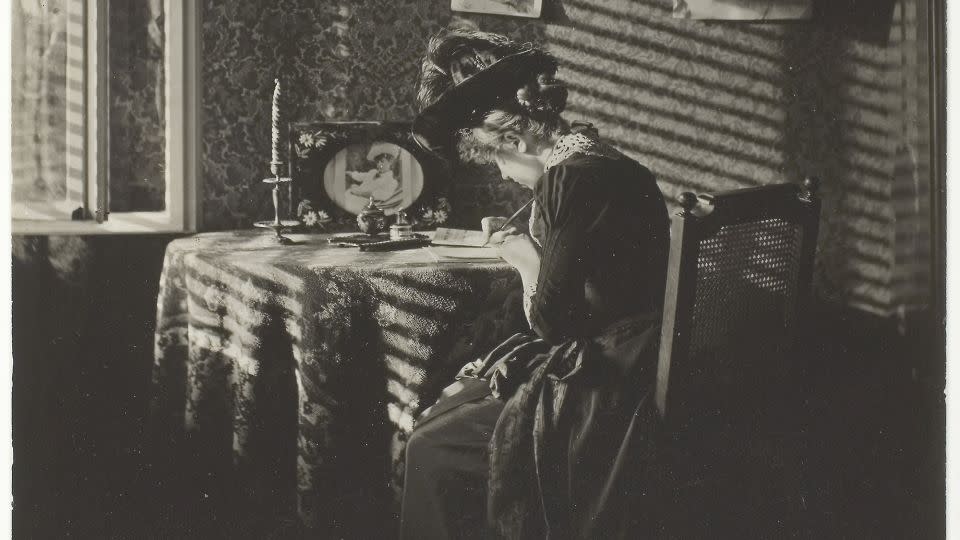
To Paoletti, it’s evidence photography in West Africa didn’t evolve in isolation. “We need to see these photographs in relation,” Paoletti said. “We need to see how they’re connected in the world, and how the people who sit in front (of the xoymet in these photographs) want to be part of those worlds.”
Today, Macky Kane and compatriots Mama Casset and Salla Casset are widely celebrated for their mid-20th century portraiture, collected by museums including The Met. This was not always the case, said Paoletti. However, an “explosion” of exhibitions of African photography (including key exhibitions in the US and Senegal) in the 1990s, as well as pivotal 1998 book “Anthology of African Photography,” did a significant job in bringing many of their photographs to a broader audience (even if some images were listed as by “anonymous”).
As if to prove the riches still to be unearthed, Paoletti visited the holy city of Touba between 2012 and 2019 and interviewed Oumar Ka, a respected mid-century photographer. Ka, who died in 2020, “still lived by his old studio, and he kept his whole archive of negatives. He had these incredible portraits from the 1960s of rural sitters that I’d never seen before,” said Paoletti.
It was, she said, a “transformative moment.” Some of these photographs, composed in wide shots with deep depth of field, with subjects (or Ka) in natural surroundings, don’t just look modern but contemporary, and starkly different from other major West African photographers’ work at the time.
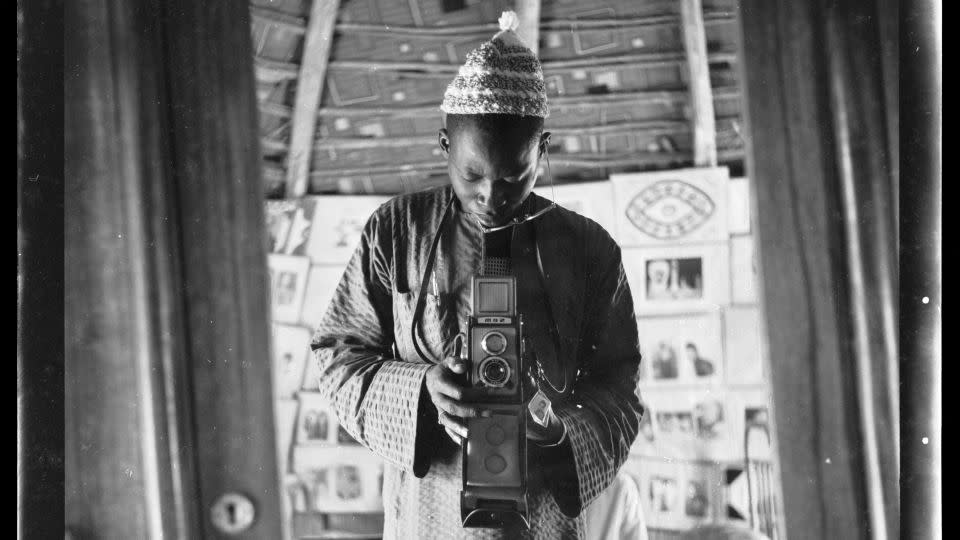
But for every photo that is found, others remain lost. No daguerreotypes taken by Augustus Washington during his time in Senegal have been discovered, Paoletti said, while some works by Mama Casset will presumably never surface, after a fire in the 1980s consumed his studio, which contained most of his negatives.
Paoletti intends to present her project in the Senegalese capital at the Dakar Biennale later this year, with book talks at the Institut Français du Sénégal and University of Dakar. And after sinking over a decade into the book, her mission continues, not only for a deeper understanding of Senegal’s photographic past, but its rightful place in history.
“Portrait and Place: Photography in Senegal, 1840-1960” is published by Princeton University Press and released on March 5.
For more CNN news and newsletters create an account at CNN.com

